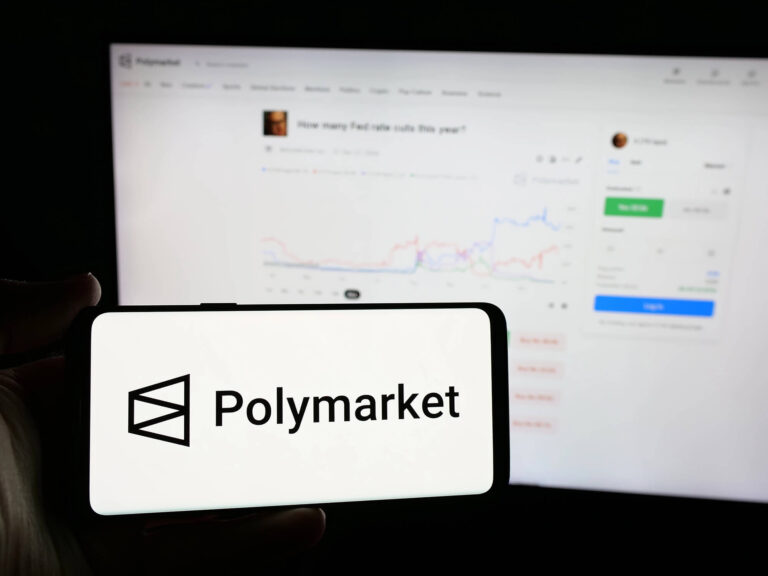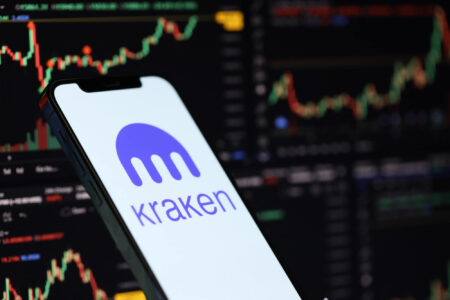Google announced that its platform Google Finance will soon integrate data from crypto prediction markets Kalshi and Polymarket. This will allow users to access probabilities for future events directly through the search function.
By incorporating predictive data into Google Finance, the company is expanding its service from static financial metrics to forward-looking market insights. The collaboration with Kalshi (a regulated US platform) and Polymarket (a decentralized prediction market) will enable users to ask questions such as “What will US GDP growth be in 2025?” and instantly receive probability estimates, according to Bloomberg.
Crypto platforms enter the mainstream
The collaboration shows how Google is repositioning its financial product: shifting away from a traditional stock ticker toward an interactive research and forecasting tool. Google explains that users will soon be able to leverage the “wisdom of the crowds” to quantitatively assess future events.
For Kalshi and Polymarket, this represents a major legitimization. Their markets, previously associated mainly with crypto and betting circles, are now being integrated into a mainstream search infrastructure. For the broader prediction and event market sector, this could mark a leap forward - toward greater visibility and user adoption.

Staggered rollout
According to Google’s product description, the integration of prediction market data will be embedded directly into the existing Google Finance and Search infrastructure. Users searching for macroeconomic topics such as “US Inflation Rate 2026” or “Federal Reserve Rate Cut Odds” will soon receive real-time forecasts from Kalshi, which operates under the supervision of the US Commodity Futures Trading Commission (CFTC), and from Polymarket, a decentralized platform on the Polygon blockchain. Google’s AI module, Deep Finance, will feed the data via an interface, prioritizing and aggregating results through AI-powered contextual analysis.
Google plans to roll out the new features gradually over the coming weeks, starting in the United States and expanding to other regions later. Technical and regulatory questions remain open: How transparently will Google disclose how the data is generated and what risks are associated with prediction markets? Such markets can be low in liquidity, high in volatility, and subject to interpretation. Nevertheless, the announcement underscores how deeply the financial, crypto, and tech worlds are converging.








